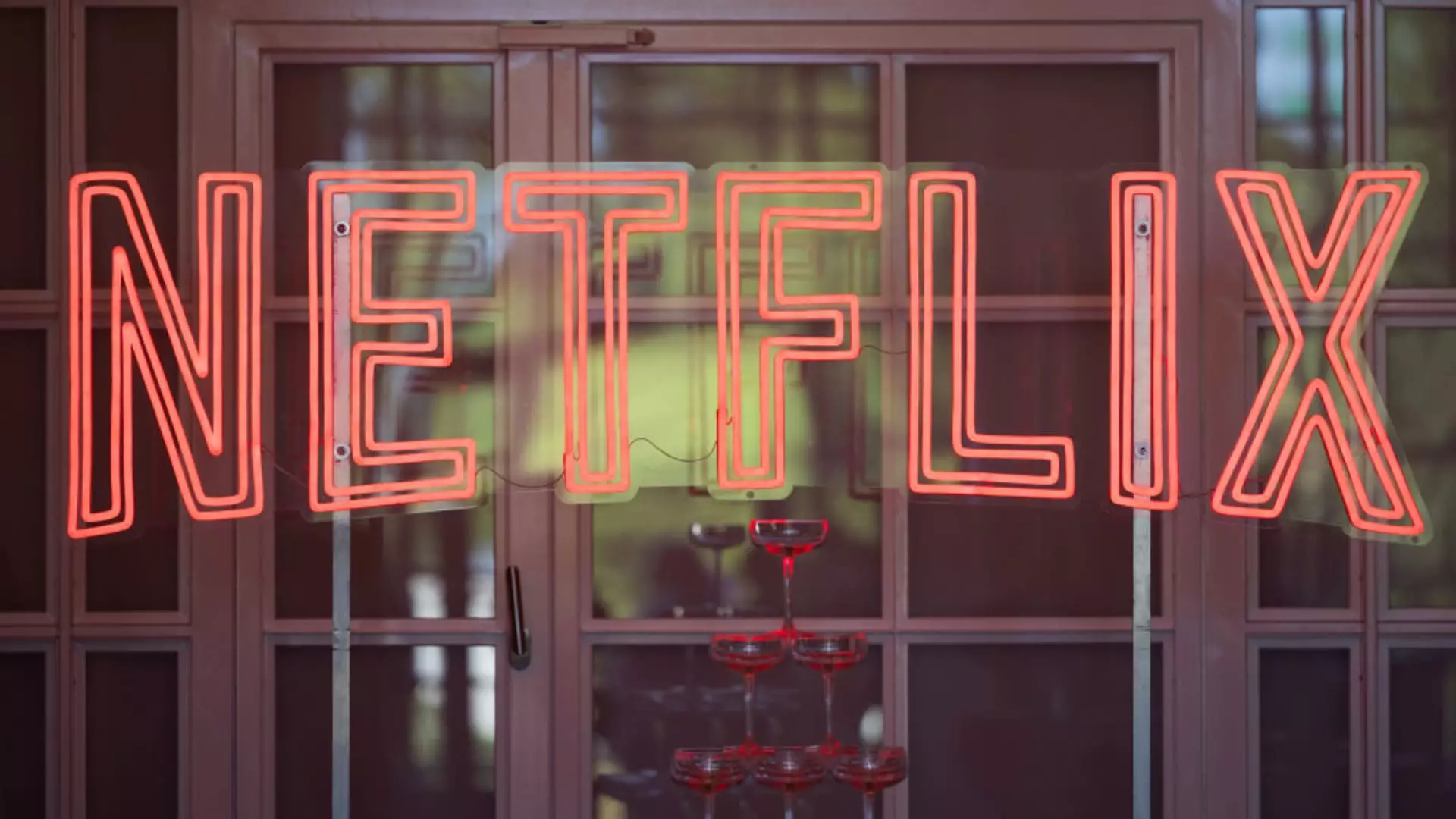In an audacious move that has sparked conversation across the media landscape, Netflix has announced a substantial price hike for several of its subscription tiers in the United States. With the company’s growing need to enhance profitability in an increasingly competitive streaming market, the new pricing rates reflect both a market demand for quality content and the execution of a business strategy aimed at bolstering revenue streams. The standard ad-free plan, which previously cost $15.49, is set to climb to $17.99, while the premium plan will escalate from $22.99 to $24.99. Even the more affordable, recently introduced ad-supported tier will see an increase from $6.99 to $7.99.
This price adjustment inevitably reverberates through the industry, as Netflix is not the only platform implementing increased costs. Competing services—such as Disney+ and Max—have also raised their prices in recent months, revealing a wider trend among streaming services hustling for profit in an ever-crowded market. Consumers have increasingly faced financial demands from multiple platforms as companies scramble to compete while still delivering engaging content.
The rationale behind the price increases was elaborated upon by Netflix executives during a recent investor conference. Co-CEO Ted Sarandos emphasized the need for substantial content and subscriber engagement to support the new pricing structure. He suggested that with future series and movies slated for release in 2025, the company’s commitment to providing high-quality entertainment is unwavering. This assertion serves as a reassurance to subscribers that the uptick in pricing is aligned with an intention to create more original programming that can attract and retain viewership.
Netflix has been facing ongoing pressure from market analysts to pursue profitability, especially after experiencing a slowdown in new subscriptions. The introduction of ad-supported plans is a strategic response to this challenge. By tapping into a different demographic—those who are more price-sensitive but willing to endure some advertisements—Netflix hopes to balance its books while growing its subscriber base. A noteworthy figure emerged during the conference: Netflix reported having reached 70 million global active users on ad-supported plans, underscoring a powerful signaling effect that price adjustments are viable in an evolving market landscape.
During its earnings call, Netflix highlighted an ongoing initiative aimed at combating password sharing—an issue that has ramped up in significance as the streaming service has expanded its offerings. The introduction of “extra members” has given existing subscribers the option to add individuals to their accounts for an additional fee. As of now, the cost to add these extra members will rise from $7.99 to $8.99 per month on standard ad-free plans, while remaining unchanged for those utilizing ad-supported tiers. This strategic move could provide Netflix with yet another revenue stream, capitalizing on consumer habits that have become common in the digital age.
Interestingly, these initiatives seem to be paving a path towards success; Netflix reported a record addition of 19 million paid memberships during the fourth quarter, pushing the total subscriber base to over 300 million. Such figures suggest that the pricing strategy, coupled with robust content offerings and decisive operational changes, is positively influencing subscriber behavior.
As Netflix grapples with the repercussions of its pricing strategy and market positioning, it stands at a crossroads characterized by both risks and opportunities. While price hikes may alienate some cost-conscious viewers, the service’s commitment to high-quality content and successful adaptation to contemporary digital consumption habits could ultimately fortify its position in the streaming realm. The challenge will be to sustain growth while navigating the delicate balance between consumer expectations and profitability. Netflix’s journey underscores a crucial turning point for streaming platforms: staying ahead means not just providing content but also ensuring it continues to resonate with audiences in a sustained and meaningful manner.

